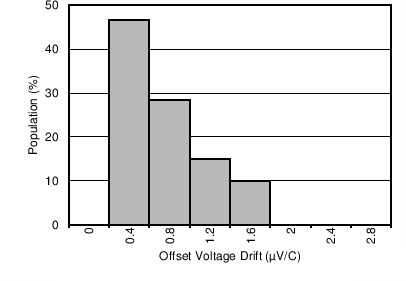Tool/software:
Hi team,
Below questions need your help:
- I would like to ask whether internal auto zero function is integrated in TLV9064, that is, with the change of time and temperature, TLV9064 can monitor and correct the offset voltage by itself?
- The maximum value of this is blank in DS. Could you please help to explain why we don't provide this value?
Best regards,
Rannie




